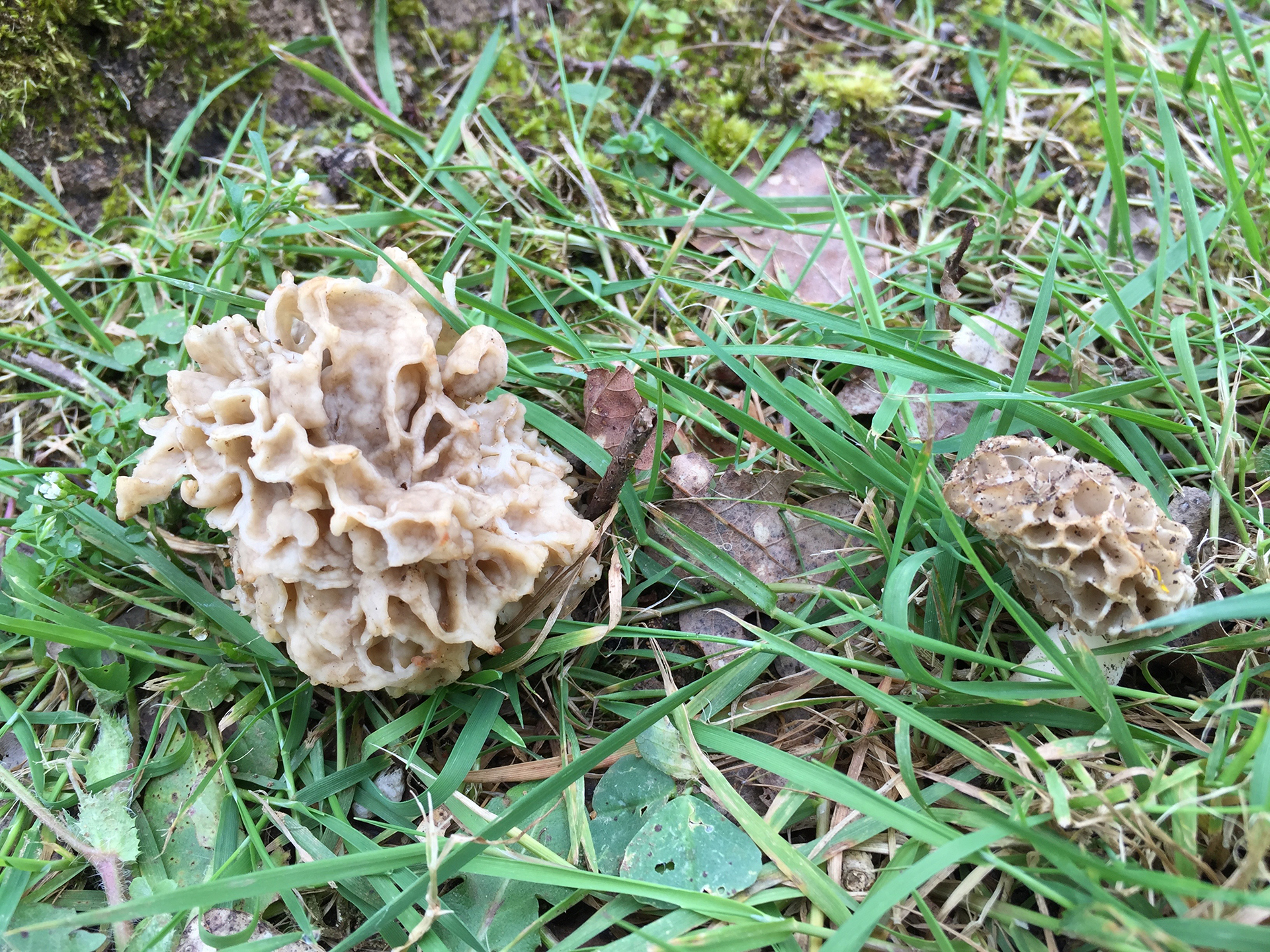At the beginning of December, Mom would always buy a large box of boules praliné to usher in the holiday season. She stored the box in the dining room buffet and would pull it out at the end of dinner so we could all enjoy a sweet treat: a sure sign the holiday season had started. I was also very fond of marrons glacés and she would purchase a box of them as well, along with the less expensive brisures, not as presentable but just as tasty. Historically, the purpose of candying fruits was not to celebrate Christmas but to extend their shelf-life by replacing their moisture with sugar, a natural preservative. Fruits confits (also called fruits glacés) are not difficult to make but they are labor intensive and require space. The basic principle is to immerse the fruit in syrup, simmer it for a while, pull it out, let it dry, and repeat the operation over several days until the fruit has been saturated.
I confess that I’ve never attempted to candy my own chestnuts but there is a prolific Meyer lemon tree in my mother-in-law’s backyard. Last weekend, I decided to make a batch a candied lemon zest. It’s an easy and tasty introduction to home-made candied fruits: because the zest is thin, the whole process can be completed in a couple of days. Pack the candied strips in pretty tins or cellophane bags closed with a festive ribbon: they make irresistible hostess gifts.
Vocabulary
La boule praliné: a chocolate confection with a hazelnut ganache center
Le marron glacé: candied chestnut
La brisure: a broken piece
Les fruits confits: candied fruits
Candied zests waiting to be rolled in sugar
Candied Meyer Lemon Strips
Zestes de citron confits
6 large Meyer lemons
2 cups granulated sugar
1 cup water
½ cup Meyer lemon juice
½ cup granulated sugar to coat the zests
Cut both ends of the lemons. Quarter the lemons and cut each quarter into 4 or 6 strips: each strip should be about 3/8” thick. With a spoon, scrape the membrane and pulp away from the strips of zest and reserve. Fill a saucepan with water and bring to a boil. Add the lemon zest and blanch for 5 minutes. Strain and repeat the process two more times to remove the bitterness. Set the peels in a colander and drain. Meanwhile, squeeze the juice from the reserved pulp (yes, you may use your hands or pack the pulp in a square of cheesecloth and extract the juice.) Place the sugar, water, and lemon juice in a saucepan and bring to a boil. Add the lemon peels. Reduce heat to medium-low and simmer for about an hour. Drain the peels and set them on a wire rack for 24 hours to air dry. Save the lemon syrup to jazz up a glass of Champagne or moisten a pound cake. Place the sugar in a shallow bowl and roll each peel in the sugar to coat. Store in an airtight container at room temperature for up to one month.
Of course, you can use the same recipe with oranges or another citrus.














